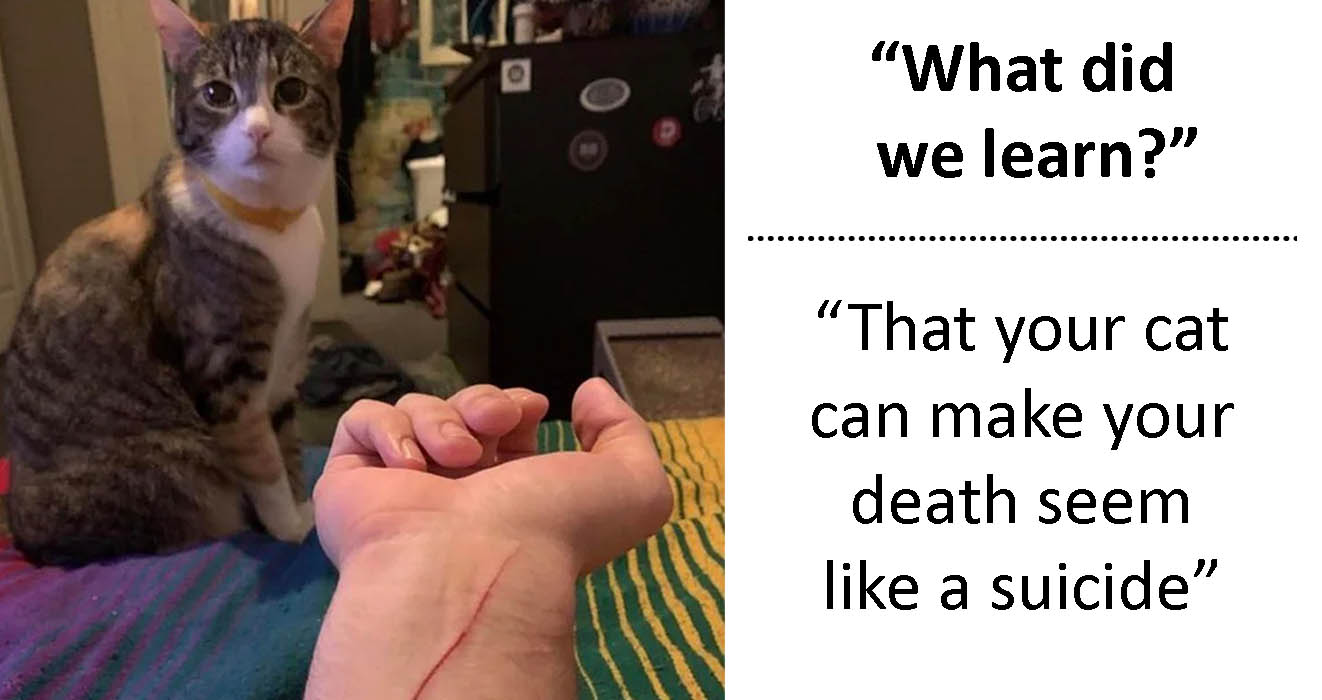In the age of social media, where every post is an opportunity for engagement, funny comments have found their place as a delightful form of expression. Whether you're scrolling through Facebook, Instagram, or Twitter, witty one-liners and humorous remarks can turn an ordinary post into a memorable experience. Not only do they entertain, but they also foster a sense of community, making online interactions more enjoyable and relatable. So, what exactly makes a comment funny, and how can you master the art of crafting your own comedic gems?
Humor is a universal language, and funny comments have the power to break the ice, lighten moods, and even diffuse tension. However, the effectiveness of a funny comment often depends on timing, context, and delivery. A well-placed joke can elevate a mundane post, while a poorly timed pun could fall flat. In this article, we will explore the intricacies of funny comments, share tips on how to craft them, and highlight some of the best examples from across the internet.
From memes to viral videos, the online world is filled with opportunities for humor. The challenge lies in standing out amidst the noise and capturing the attention of your audience. By understanding the elements of good humor, anyone can learn how to leave a lasting impression with their funny comments. Join us as we delve into the world of humor and discover how to enhance your online presence with laughter!
What Makes a Comment Funny?
The essence of humor lies in relatability, surprise, and wit. Funny comments often draw from shared experiences or cultural references that resonate with the audience. Here are some key elements that contribute to the effectiveness of a humorous comment:
- Timing: A comment delivered at the right moment can amplify its comedic effect.
- Wordplay: Puns and clever language can add an extra layer of humor.
- Exaggeration: Over-the-top statements often elicit laughter by creating absurdity.
- Relatability: Comments that tap into common feelings or situations resonate more with audiences.
Can Funny Comments Enhance Your Online Presence?
Absolutely! Funny comments can significantly enhance your online presence by increasing engagement and fostering connections with your audience. When people find humor in your remarks, they are more likely to respond, share, and interact with your content. This not only boosts your visibility but also cultivates a positive image. Here are some benefits of using funny comments:
- Increased engagement rates.
- Encouragement of community interaction.
- Improved relatability and approachability.
- Enhanced shareability of your content.
How to Create Your Own Funny Comments?
Creating funny comments involves a mix of creativity, observation, and practice. Here are some tips to help you develop your comedic voice:
- Observe: Pay attention to what makes you laugh and analyze why certain comments resonate with you.
- Practice: The more you write, the better you’ll get. Try crafting jokes in various contexts.
- Stay Current: Use references from popular culture, memes, or trending topics to keep your comments relevant.
- Be Authentic: Let your personality shine through your comments to create a unique style.
Who are the Masters of Funny Comments?
Many celebrities and public figures have mastered the art of delivering hilarious comments online. Their ability to entertain while also engaging their audience has made them popular among fans and followers. One such individual is Ryan Reynolds, known for his quick wit and humorous social media presence.
What is Ryan Reynolds' Background?
Ryan Reynolds has made a name for himself in Hollywood, not just as a talented actor but also as a master of comedic timing. He has starred in numerous blockbuster films, including the "Deadpool" series, where his humor shines both on and off-screen.
| Attribute | Details |
|---|---|
| Name | Ryan Rodney Reynolds |
| Date of Birth | October 23, 1976 |
| Nationality | Canadian |
| Occupation | Actor, Producer |
| Notable Works | Deadpool, The Proposal, Detective Pikachu |
What Are Some of Ryan Reynolds' Funniest Comments?
Ryan Reynolds is known for his hilarious comments and responses on social media. Here are a few standout examples:
- On His Marriage: "I’d say my wife and I are very compatible. We’ve got the same taste in everything… except for the taste in men."
- On Parenting: "I love my kids. But I also love when they go to bed."
- On His Career: "It’s a little known fact that I have a secret talent for making things awkward."
How Can You Use Funny Comments to Connect with Others?
Using funny comments to connect with others requires a balance of humor and sensitivity. Here are some strategies to keep in mind:
- Know Your Audience: Tailor your humor to fit the preferences and sensibilities of your audience.
- Use Humor to Relate: Share personal anecdotes that others can relate to and find humor in.
- Avoid Offensive Humor: Always steer clear of jokes that could be construed as inappropriate or hurtful.
What Are the Potential Downsides of Funny Comments?
While funny comments can be a great way to engage, there are potential downsides to consider:
- Misinterpretation: Humor can sometimes be misunderstood, leading to unintended offense.
- Overuse: Relying too heavily on humor can undermine your credibility or the seriousness of certain topics.
- Context Matters: A comment that is funny in one context might not work in another.
In Conclusion, Are Funny Comments Worth the Effort?
Absolutely! Funny comments are a delightful way to engage with others, foster connections, and bring laughter to the online space. By mastering the art of humor, you can enhance your online presence and make your interactions more enjoyable. So, don't hesitate to unleash your comedic side and start crafting your own funny comments today!




